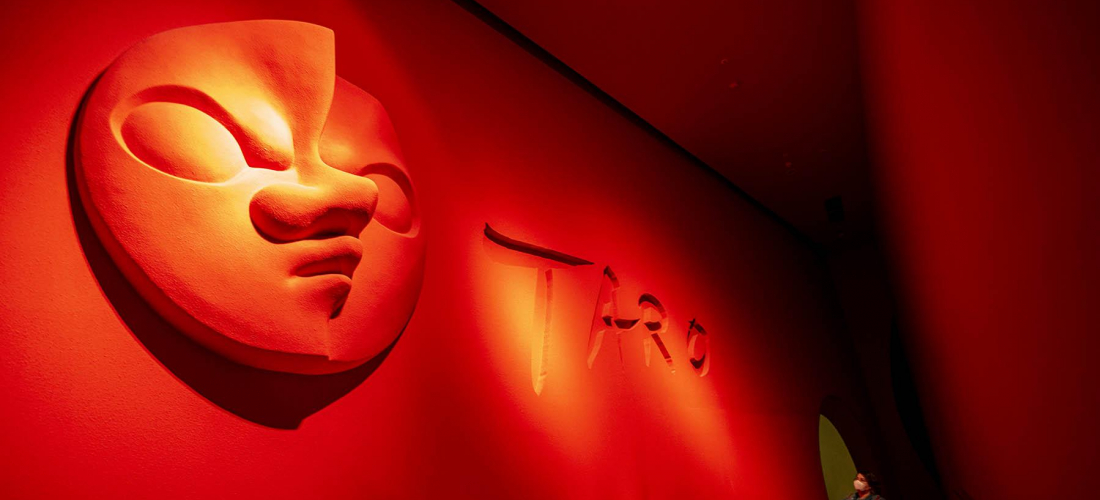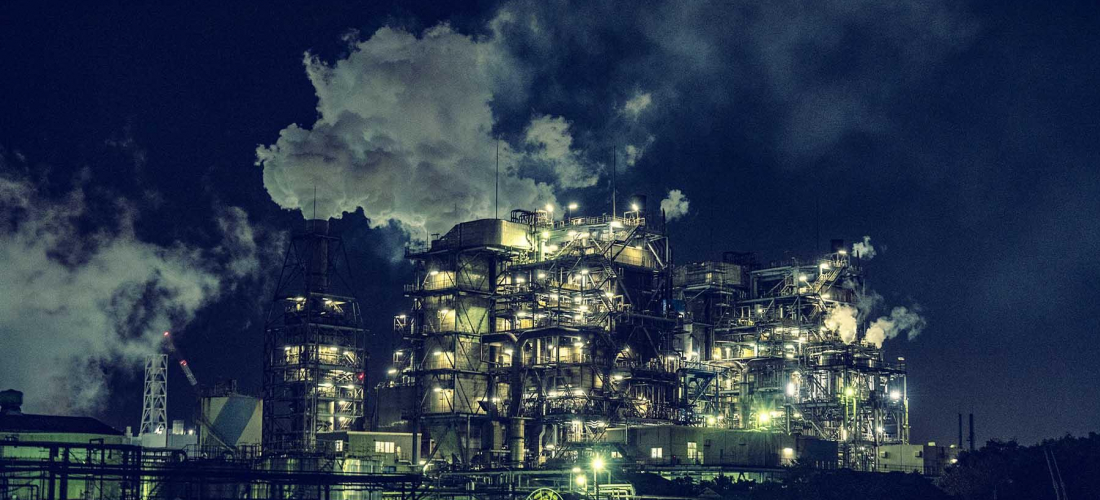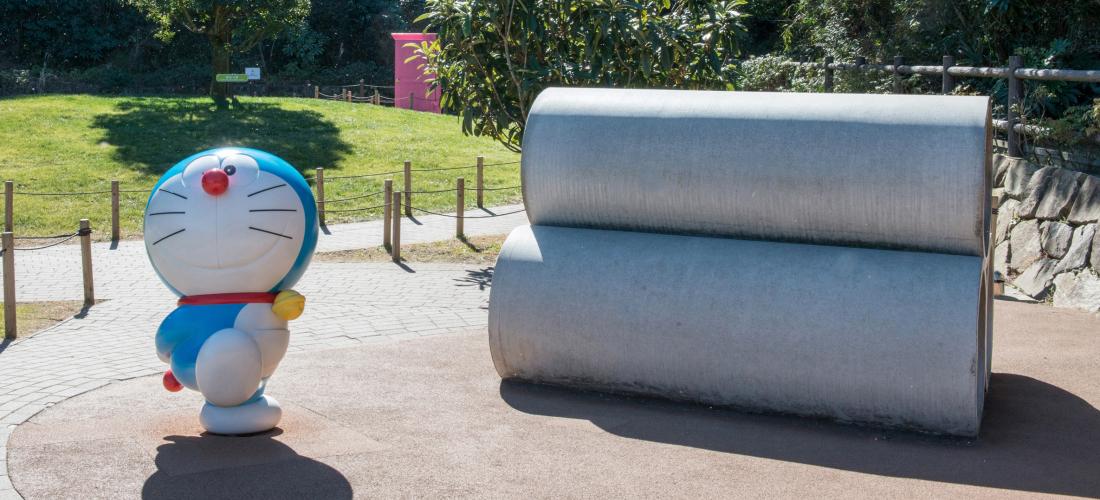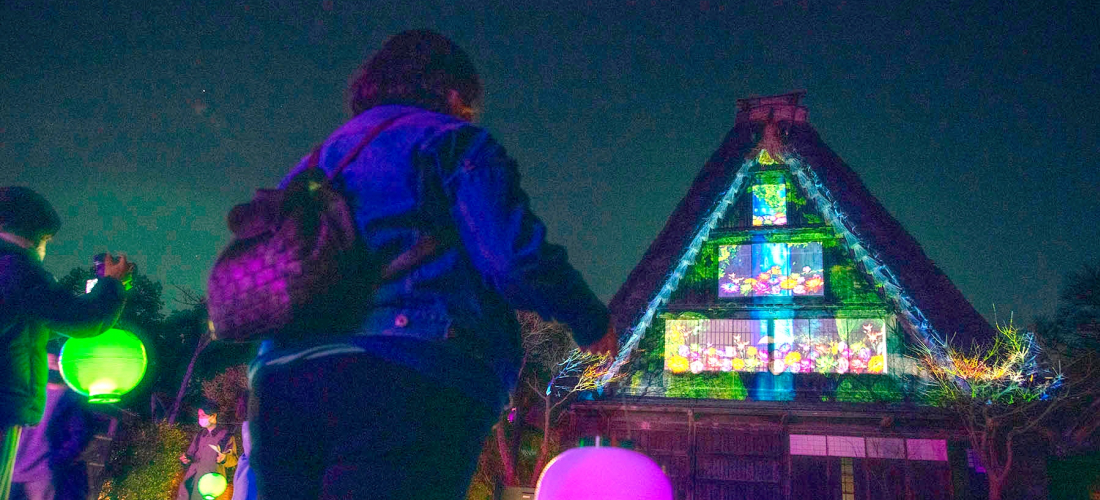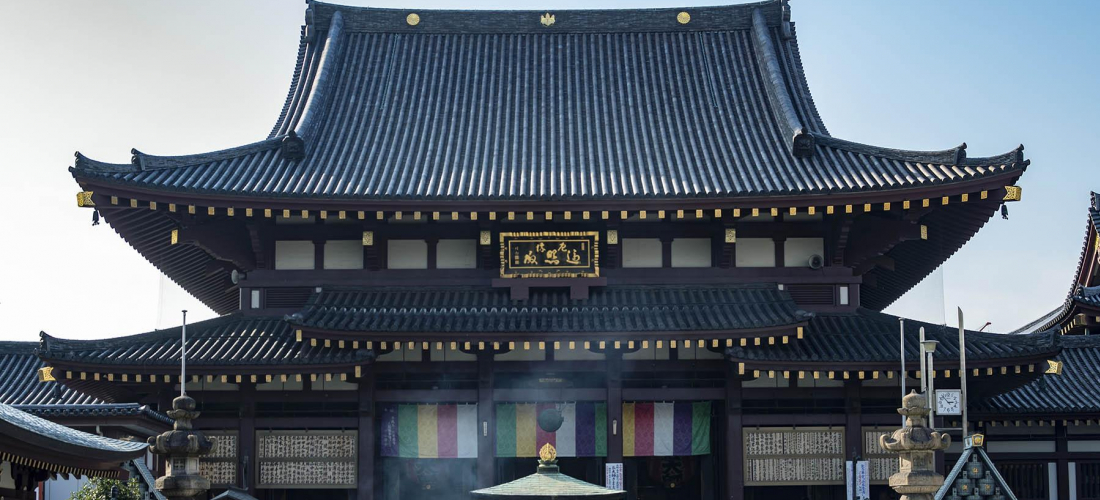
CONTENTS
A quick guide to some of the best of Kawasaki, including famous temples, traditional workshops, and scenery straight out of a robot-filled anime.
Welcome to Kawasaki
The city of Kawasaki is a lively urban center just outside the reach of Tokyo's city limits, with a history centered around famous temples and samurai who traveled from their regional homes to the big city of Edo centuries ago, stopping in Kawasaki's inns and bringing prosperity along the way. The city is stretched out along the banks of the Tama River, with one end forming the busy Kawasaki Port, which has helped Kawasaki to blossom as a modern industrial center over the past 150 years. This combination of Japanese tradition and industrial success has shaped Kawasaki into a unique destination a little bit different from its big neighbors to the north and south, Tokyo and Yokohama.
Kawasaki is a city of ancient Japanese traditions and Buddhist connections, with glimpses of the past hidden in surprising corners. But it's also home to an enormous manufacturing district, where towering factories are formed from mazes of steel pipes and smokestacks pouring steam, and the so-called "castles of light" look a little more sci-fi than you'd expect from real life. Kawasaki is a fascinating place to visit, and on top of that, the convenient location less than 20 minutes from Tokyo Station makes it an ideal destination for a day trip or a weekend away from the capital. Here are a few of Kawasaki's most popular attractions!
Kawasaki Daishi: The Home of Japanese Traditions
Before samurai traveling from western Japan made Kawasaki an important stop on their route to Tokyo, and long before Japanese manufacturers gathered to set up shop at Kawasaki's port, the city began to form around the grand temple of Heikenji (平間寺), better known these days as Kawasaki Daishi. The temple was founded all the way back in 1128, and religious pilgrims flowing in and out helped to support a new community growing up around the Kawasaki Daishi area.
Kawasaki Daishi is still one of the most popular spots for travelers of all kinds who visit Kawasaki, and it's never busier than the first three days of each year, when crowds descend on the temple for hatsumode (初詣). Hatsumode is the Japanese tradition of visiting a shrine or temple during the first few days of the year to pray for the months ahead, and when Japan's very first train lines finished construction in the second half of the 19th century – conveniently connecting Kawasaki to Tokyo – the famous temple of Kawasaki Daishi became a go-to hatsumode spot for residents all over the region. The deities at the temple are known to ward off misfortune!
Nowadays, Heikenji Temple gets a total of about 3 million visitors between January 1st and 3rd, both locals and travelers who come to pray for a year of good fortune and to wander the spacious temple grounds. Of course, visitors throughout the year can not only enjoy the main temple building and the unusual lotus-shaped "chozuya" (手水舎) hand-washing fountain out front, but temple-goers can also check out the yakushi-den building (薬師殿) to rub the enshrined Buddha in hopes of healing all ills, visit the wall of 100 images of Kannon from all over Japan, and cross the temple's low red bridge with a special someone for a little extra luck in the romance department. For anyone with prayers they particularly want heard during their visit, names and wishes can be inscribed on wooden boards before the temple's "homa" or "goma" (護摩) ceremonies, where Heikenji's monks will hold the boards up to the ceremonial flame as they make their prayers. (Ceremony fees are about 5,000 yen and up.)
Kawasaki Daishi Heikenji Temple (川崎大師 平間寺)
4-48 Daishimachi, Kawasaki Ward, Kawasaki, Kanagawa
Official Website (en)
Leading up to Kawasaki Daishi's gate is another must-see spot around the temple, called Nakamise Street (仲見世通り). This old-fashioned shopping street still maintains a little of that retro market atmosphere, selling the same kinds of Japanese snacks that have been popular for generations. Fans of street food and Japanese sweets shouldn't miss the chance to stop in at the many shops that line the stone-paved road, selling crispy senbei rice crackers or chewy kuzu-mochi topped with brown sugar syrup and kinako soybean powder.
One specialty of the Kawasaki Daishi Nakamise is tontoko candy (とんとこ飴), little sweets made the old-fashioned way by stretching huge slabs of melted sugar. The candy earned its name from the sound made when it's chopped up into bite-size morsels, and the knife goes "ton-toko ton-toko." The candy makers turn the process into a show, and passers-by often end up pausing in front of the shop to watch the knives rhythmically chopping the stretched sugar into little cream-colored pillows. Tontoko candy is a popular souvenir for visitors to bring home from Kawasaki Daishi, and signatures on the wall of the candy shop will attest to quite a few Japanese celebrities doing just that, including members of the popular j-pop group Arashi!
Matsuya Sohonten (松屋総本店) ・ Tontoko Candy
13-6 Daishimachi, Kawasaki Ward, Kawasaki, Kanagawa
Hours: 8:30 – 17:00
Official Website (jp)
The Japan Open-Air Folk House Museum: Travel Back in Time and Bring a Little of Japan Home
For some real Kawasaki time travel, a trip to the Kawasaki City Japan Open-Air Folk House Museum (AKA Nihon Minka-en/日本民家園) is a must! This sprawling facility covers the hillside with a whole village-worth of traditional Japanese homes and other buildings, from local kominka farmhouses originally built back in 17th century Kawasaki, to huts from northern Japan made with straw roofs to withstand snow, oil merchant shopfronts straight out of the 18th century, and even a kabuki theater once used over 100 years ago in western Japan. Most of the 25 buildings are original constructions, pulled up from their foundations all over the country and collected in this one open-air museum in Kawasaki. While the architecture comes in all shapes and sizes, together the traditional buildings create a unique atmosphere like nowhere else!
To get a better feeling of the daily lives once lived in these kominka, guests are free to wander into the buildings, peek around corners, and sometimes even sit around the warm coals of a traditional irori sunken fireplace! The museum puts together seasonal displays for holidays like Hina Matsuri, when dolls are lined up on shelves dressed like the court-goers of ancient Japan, and a small restaurant selling traditional soba noodles is set up inside a tall-roofed building hailing from Shirakawa-go. On weekends, there's even a chance of catching a demonstration of a traditional craft like straw basket weaving! Walking the sloped paths feels like walking back in time, and exploring every corner of Japan, all at once.
(A hint for interested travelers: many visitors to the museum completely skip the small exhibition area near the entrance, but it's really worth a visit for anyone interested in the history and architecture of all the buildings. The exhibits include plenty of fascinating information in English, and include little models to illustrate the architectural differences found around Japan!)
The Kawasaki City Japan Open-Air Folk House Museum has plenty of atmosphere with top-notch English signage, but for an even deeper dive into traditional Japanese culture, go for a hands-on experience at the museum's traditional craft building, the Dentou-Kougeikan! Japan's traditional indigo dye techniques are called aizome (藍染), and the methods have been passed down for generations. To this day, artisans use the naturally fermented indigo plant dye to soak intricate patterns into natural fibers like silk, linen, or (most commonly) cotton. At the museum's craft building, visitors can take part in aizome workshops and learn how to dye their own items into deep shades of blue, to take home as a one-of-a-kind Kawasaki souvenir.
Experienced aizome experts lead the workshop participants through the steps, first prepping handkerchiefs or scarves for the dye baths by using a variety of traditional methods to create patterns, occasionally utilizing some surprisingly modern tools for convenience. Fabric twisted around wooden rods, gathered at the base of glass marbles, and wrapped around tiny adzuki beans will create a lovely variety of rings and bulls-eye shapes in the finished product, but for everybody's sanity, the workshop uses rubber bands to keep the fabric in place, instead of traditional wrapped thread! Participants then dunk their prepped fabric into the huge old-fashioned vats of greenish dye sunken into the floor, and get to watch as the natural pigment turns blue before their eyes as it hits the air and oxidizes! The whole process takes an hour or two, offering a fun little glimpse into this ancient Japanese craft!
Japan Open-Air Folk House Museum (日本民家園, Nihon Minka-en)
7-1-1 Masugata, Tama Ward, Kawasaki, Kanagawa
Hours: Mar to Oct 9:30 – 17:00 / Nov to Feb 9:30 – 16:30
Admission: adults 500 yen | students 300 yen | seniors 300 yen | children free
Official Website (en)
Aizome Indigo Dye Workshop
Workshop Time Slots: 10:00~ / 13:00~
Fee: handkerchief 700 yen / bandana 880 yen / bring your own item for 18 yen/gram
Official Page (en)
Kawasaki’s Industrial Nightscapes: A Glimpse of Japan as a Sci-Fi Anime
Ready to travel into the future for our next spot? Glittering on the waters of Tokyo Bay, the heavily industrialized areas on the edge of Kawasaki are surprisingly popular as a tourist destination, thanks to the views that many admirers like to compare to scenery from a mecha anime or a gritty 80's sci-fi flick. With lights shining out from the factories as they hum through the night, grids of metal beams and whorls of pipes gleaming in the dark sky, and streams of wispy steam (or sometimes fire) blowing out of the chimneys above, Kawasaki's famous "castles of light" are cool to see in person, but they make for some truly spectacular photographs.
The majority of Kawasaki's most impressive factory views are right on the water, a distance from Kawasaki Station and the heart of the city, so interested travelers can either meander using the bus routes that run through the area, or take a special nighttime cruise to see some of the most popular spots from on the water!
For those who would rather skip the cruise and put together their own little bus tour (a good choice for any photographers out there), many of the most popular industrial nightscape viewing spots are along a few of the city's Kawa (川) bus routes that leave right from the east exit of Kawasaki Station. Kawasaki Marien Observation Deck, for example, provides a great view of Kawasaki Port from the 10th floor, looking out over the giraffe-like cranes reaching over the water. Next, the boardwalk along the edge of Higashi-Ogishima East Park isn't just a nice place for an evening walk, it also provides a view across the ship-filled canal featuring some mysterious flame-topped towers. Ogibashi Bridge is the best place to catch a glimpse of a plastic recycling plant famously lit with so many bright lights that it's earned the enigmatic name "The White Castle" (no burgers involved), and a short distance eastward down the canal the Mizuecho and Chidoricho areas sandwich a popular cluster of sparkling industrial constructions!
Kawasaki Marien (川崎マリエン)
38-1 Higashiogishima, Kawasaki Ward, Kawasaki, Kanagawa
⇒ From the #12 bus stop, take the Kawa 05 bus to Kobayashiunso-mae (小林運送前) bus stop, walk 10 minutes.
Higashi-Ogishima East Park (東扇島東公園)
58-1 Higashiogishima, Kawasaki Ward, Kawasaki, Kanagawa
⇒ From the #12 bus stop, take the Kawa 05 bus to Higashi-Ogishima East Park (東扇島東公園前) bus stop.
Ogibashi Bridge (扇橋)
1 Kawasaki Ward, Kawasaki, Kanagawa
⇒ From the #8 bus stop, take the Kawa 22 bus to Ogibashi (扇橋) bus stop.
Mizuecho (水江町)
6 Mizuecho, Kawasaki Ward, Kawasaki, Kanagawa
⇒ From the #14 bus stop, take the Kawa 10 bus to Nishimizue (西水江) bus stop.
Your Next Trip to Kawasaki
Ready to head to Kawasaki and see the sights? Fortunately, Kawasaki Station is a convenient hub at the heart of the city, and it's also an easy trip from both Tokyo and Yokohama. Hop on the train for 20 minutes from Tokyo Station, or about half an hour from Shinjuku or Shibuya, and you'll be ready to start your day in Kawasaki!
For even more information on all the great sightseeing in Kawasaki, make sure to stop by the Kawasaki Tourist Information Center before leaving the station! From the station's north ticket gate, it's just a minute's walk to the right. From the central ticket gates, you can get to the information center by passing right through the Atre shopping center in the middle of the station. Not only do the Tourist Information Center staff know a lot about Kawasaki, but they can explain it all in English too, making it a convenient place to get all the details and directions you need for your trip through the city. So what are you waiting for? This is Kawasaki, and it's time to see the sights!
Want more info and updates from Japan? Check Japankuru for new articles, and don't forget to follow us on Twitter, Instagram, and Facebook!
Details
NAME:Kawasaki, Kanagawa (神奈川県川崎市)


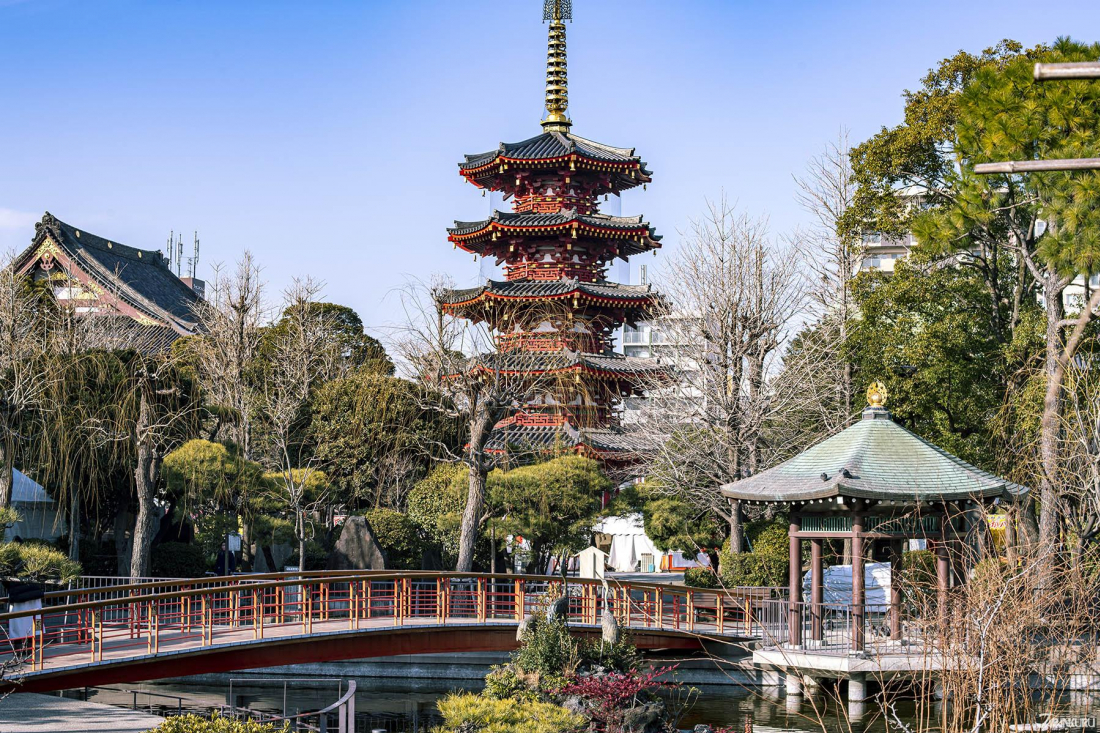
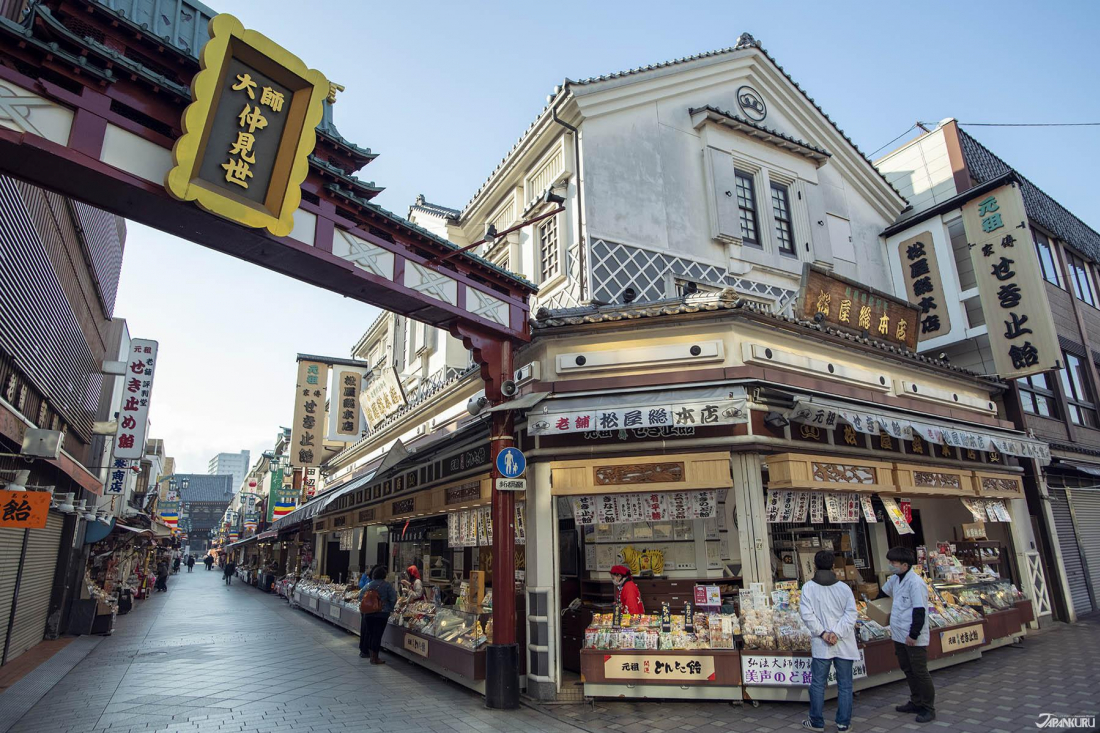
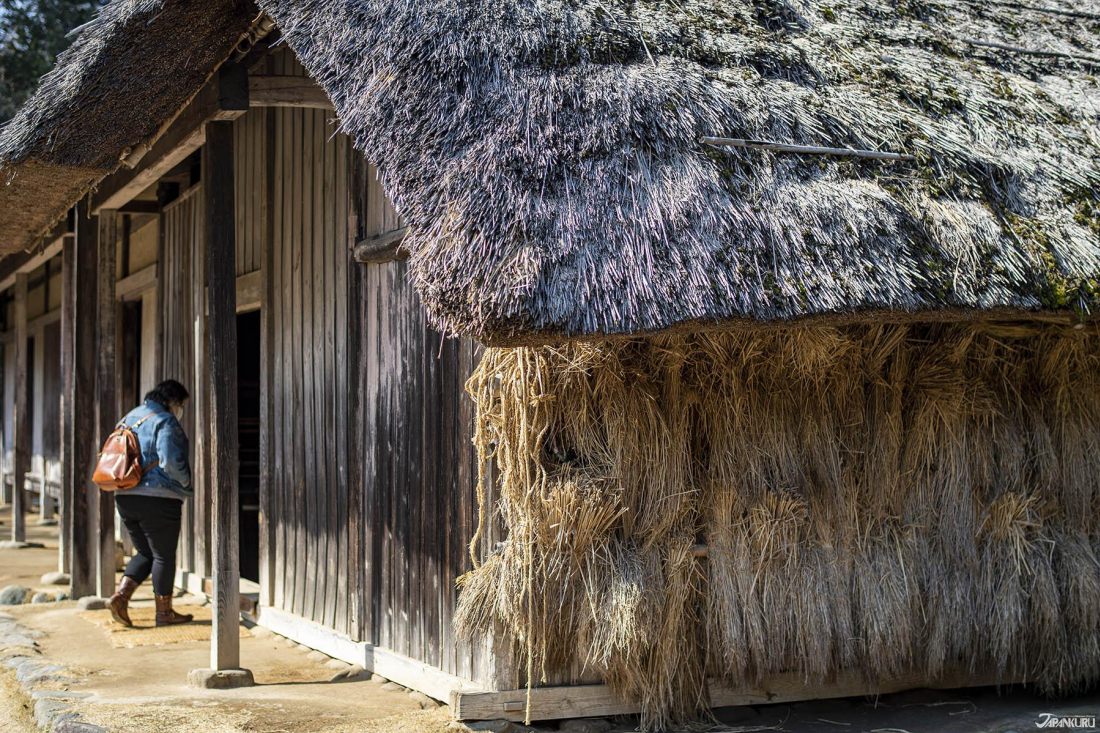
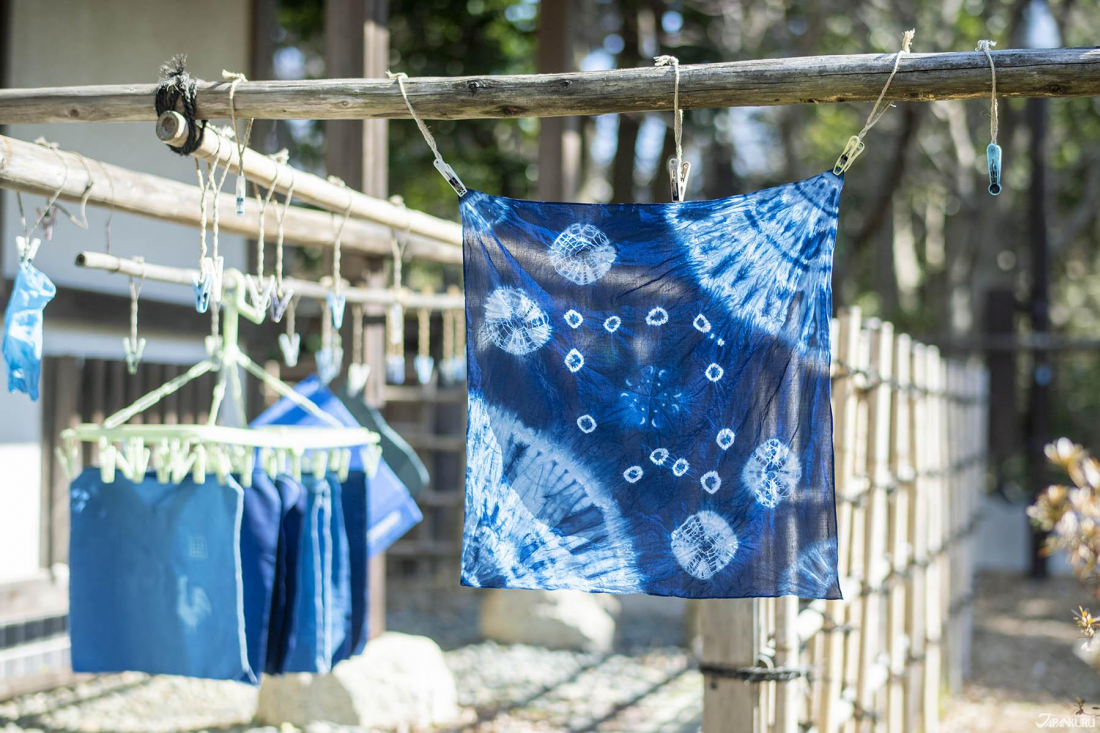

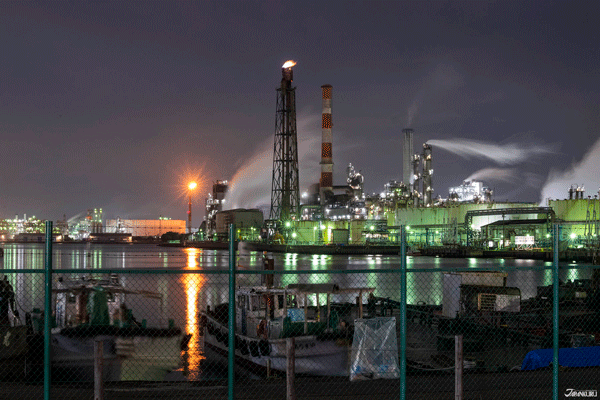
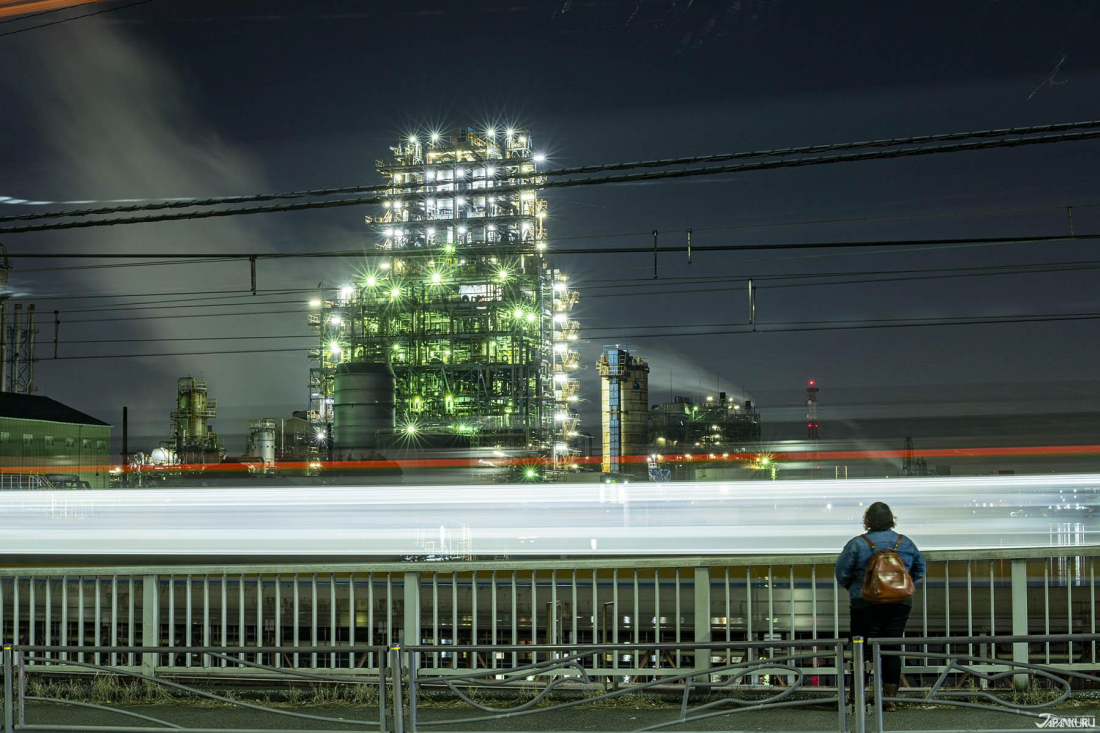






 >> Find out more at Japankuru.com! (link in bio)
#
>> Find out more at Japankuru.com! (link in bio)
#





 The Robot Restaurant is gone, but the Samurai Restaurant is here to take its place. Check it out, and don't forget your coupon!
The Robot Restaurant is gone, but the Samurai Restaurant is here to take its place. Check it out, and don't forget your coupon!
 신주쿠의 명소 로봇 레스토랑이 사무라이 레스토랑으로 부활! 절찬 쿠폰 발급중
신주쿠의 명소 로봇 레스토랑이 사무라이 레스토랑으로 부활! 절찬 쿠폰 발급중
 18歲以上才能入場的歌舞秀,和你想的不一樣!拿好優惠券去看看~
#tokyo #shinjuku #samurairestaurant #robotrestaurant #tokyotrip #도쿄여행 #신주쿠 #사무라이레스토랑 #이색체험 #할인이벤트 #歌舞伎町 #東京景點 #武士餐廳 #日本表演 #日本文化體驗 #japankuru #japantrip #japantravel #japanlovers #japan_of_insta
18歲以上才能入場的歌舞秀,和你想的不一樣!拿好優惠券去看看~
#tokyo #shinjuku #samurairestaurant #robotrestaurant #tokyotrip #도쿄여행 #신주쿠 #사무라이레스토랑 #이색체험 #할인이벤트 #歌舞伎町 #東京景點 #武士餐廳 #日本表演 #日本文化體驗 #japankuru #japantrip #japantravel #japanlovers #japan_of_insta
 코지마 x 빅 카메라 쿠폰으로 일본 가전 제품 쇼핑하기
#pr #japankuru #japanshopping #kojima #biccamera #japaneseskincare #yaman #dji #osmopocket3 #skincaredevice #日本購物 #美容儀 #相機 #雅萌 #日本家電 #일본여행 #면세 #여행꿀팁 #일본쇼핑리스트 #쿠폰 #일본쇼핑 #일본브랜드 #할인 #코지마 #빅카메라 #japankurucoupon
코지마 x 빅 카메라 쿠폰으로 일본 가전 제품 쇼핑하기
#pr #japankuru #japanshopping #kojima #biccamera #japaneseskincare #yaman #dji #osmopocket3 #skincaredevice #日本購物 #美容儀 #相機 #雅萌 #日本家電 #일본여행 #면세 #여행꿀팁 #일본쇼핑리스트 #쿠폰 #일본쇼핑 #일본브랜드 #할인 #코지마 #빅카메라 #japankurucoupon































 Oita Hello Kitty Airport
Oita Hello Kitty Airport  Lands April 13th
Lands April 13th









